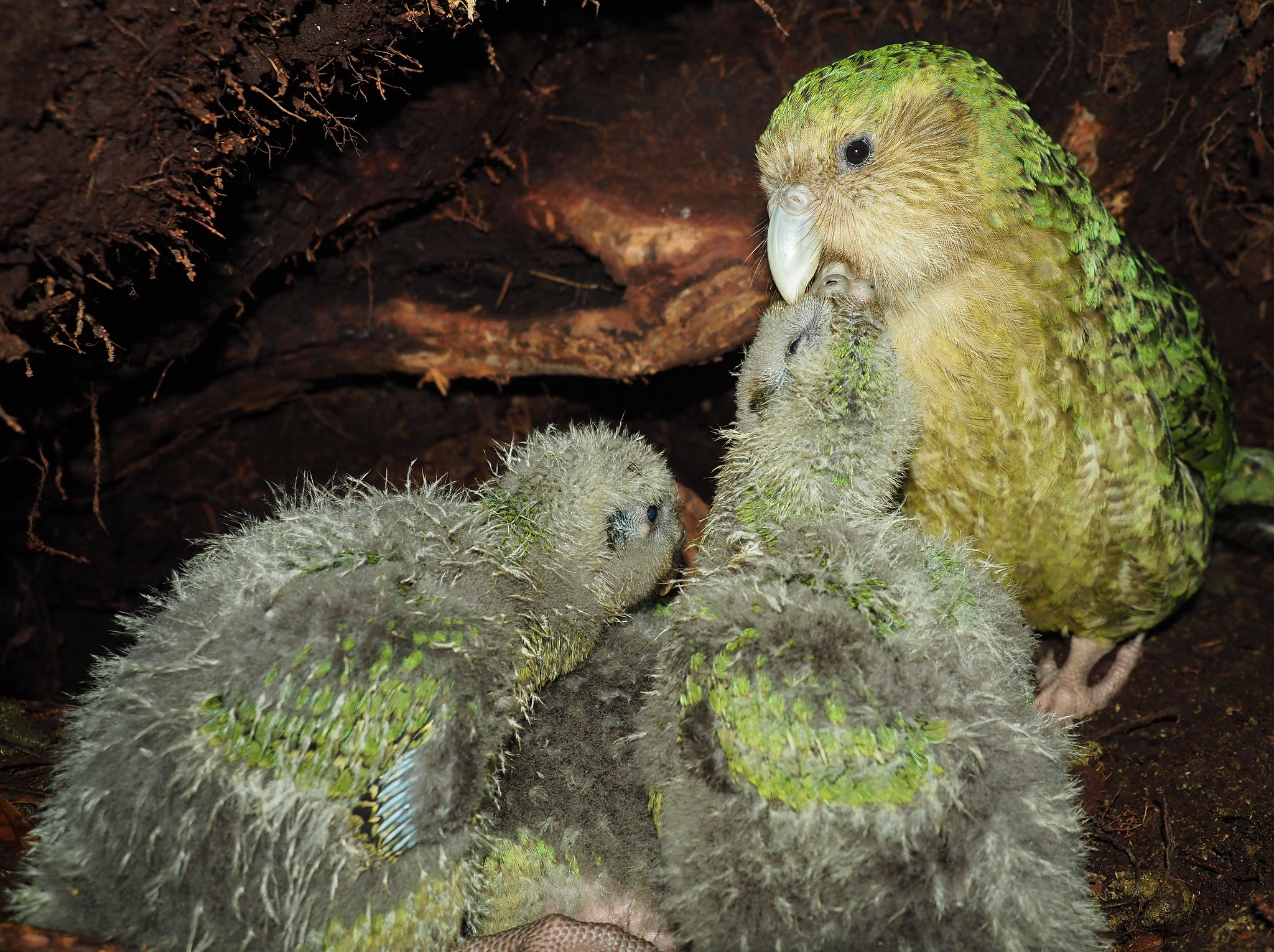AH Biology - Unit 2 - KA3(c) - Sex Determination
1/22
There's no tags or description
Looks like no tags are added yet.
Name | Mastery | Learn | Test | Matching | Spaced |
|---|
No study sessions yet.
23 Terms
What is the sex of birds, mammals, and some insects determined by?
The sex of birds, mammals, and some insects is determined by the presence of sex chromosomes.
In mammals, what sex chromosomes do males have?
In mammals, males have XY sex chromosomes.
In mammals, what sex chromosomes do females have?
In mammals, females have XX sex chromosomes.
In mammals, what are males described as due to their sex chromosomes?
In mammals, males are described as being heterogametic due to their sex chromosomes.
What do the Y chromosomes of most mammals contain and what does this gene determine?
The Y chromosomes of most mammals contain the SRY gene. This gene determines the development of male characteristics.
What is the Y chromosome in comparison with the X chromosome and what occurs as a result of this?
The Y chromosome is much shorter than the X chromosome and as a result, males lack a copy of the alleles of certain genes found on the X chromosome, but not the Y chromosome.
Where are the genes for some genetic disorders found?
The genes for some genetic disorders are found on the X chromosome, but not on the Y chromosome. Homogametic females have two X chromosomes and so receive two copies of the gene. Heterogametic males have only one X chromosome and so receive only one copy of the gene.
What are most of the sex linked disorders?
Most of the sex linked disorders are recessive and so females must receive two copies of the recessive allele before they inherit the condition, while males only need to receive one copy of the allele to inherit the condition.
What are the different possible genotypes for a recessive sex linked disorders?
The different possible genotypes for recessive sex linked disorders are:
XBY
XbY
XBXB
XbXb
XBXb
For a recessive sex linked disorder, what phenotype would the genotype XBY result in?
For a recessive sex linked disorder, XBY would result in a normal male.
For a recessive sex linked disorder, what phenotype would the genotype XbY result in?
For a recessive sex linked disorder, XbY would result in a male with the condition.
For a recessive sex linked disorder, what phenotype would the genotype XBXB result in?
For a recessive sex linked disorder, XBXB would result in a normal female.
For a recessive sex linked disorder, what phenotype would the genotype XbXb result in?
For a recessive sex linked disorder, XbXb would result in a female with the condition.
For a recessive sex linked disorder, what phenotype would the genotype XBXb result in?
For a recessive sex linked disorder, XBXb would result in a carrier female who does not have the condition but could pass it on to her children.
As a result of the different genotypes for a recessive sex linked disorder, what are the chances of males and females inheriting the recessive allele or alleles.
As a result of the different genotypes for a recessive sex linked disorder, males have a 1 in 2 chance of inheriting the recessive allele and females have a 1 in 3 chance of inheriting 2 recessive alleles, so are much less likely to inherit the condition.
What sex does X chromosome inactivation take place in?
X chromosome inactivation takes place in females.
How does X chromosome inactivation happen and why is this important?
At an early stage in development, one of the two X chromosomes is randomly inactivated in each cell. This is important as it prevents females from receiving a double dose of gene products that could harm the cells.
What occurs as a result of X chromosome inactivation and why is this?
As a result of X chromosome inactivation, female carriers (XBXb) of recessive disorders are much less likely to be affected by these disorders. This is because only half the cells in any tissue will receive a working copy of the gene.

What are hermaphrodites?
Hermaphrodites are species that have both male and female reproductive organs functioning in each individual. They can produce both male and female gametes. They usually have a partner to exchange gametes with, but can reproduce themselves if they are unlikely to meet a partner. Examples of hermaphrodites are many flowering plants and earthworms.
What is a benefit of being a hermaphrodite?
A benefit of being a hermaphrodite is that there is no requirement to find a partner of the opposite sex if the chances of meeting one are unlikely.
Aside from genetic factors, what other type of factors can control sex determination and sex ratio?
In some species, sex determination and sex ratio are controlled by environmental factors rather than genetic factors. For example, the sex of some reptile species is determined by the environmental temperature during incubation.
During their lifetime, what can individuals of some species change and what is this normally a result of?
During their lifetime, individuals of some species, such as kobudai (Oxyurichthys ophthalmolepis), can change their sex. This is normally a result of:
Change in size
Competition
Parasitic infection
Temperature
What are some species able to adjust as a result of changes to resource availability?
Some species are able to adjust the sex ratio of their offspring as a result of changes to a resource availability. An example of this is the kākāpō (Strigops habroptila). Female kākāpō in good condition will produce more male offspring.
